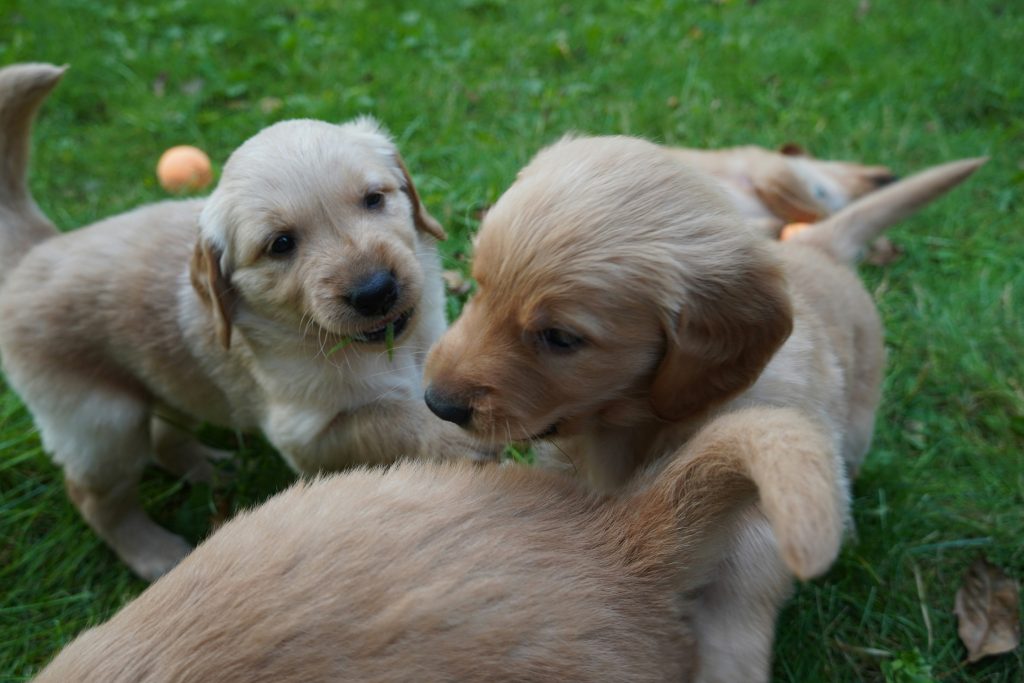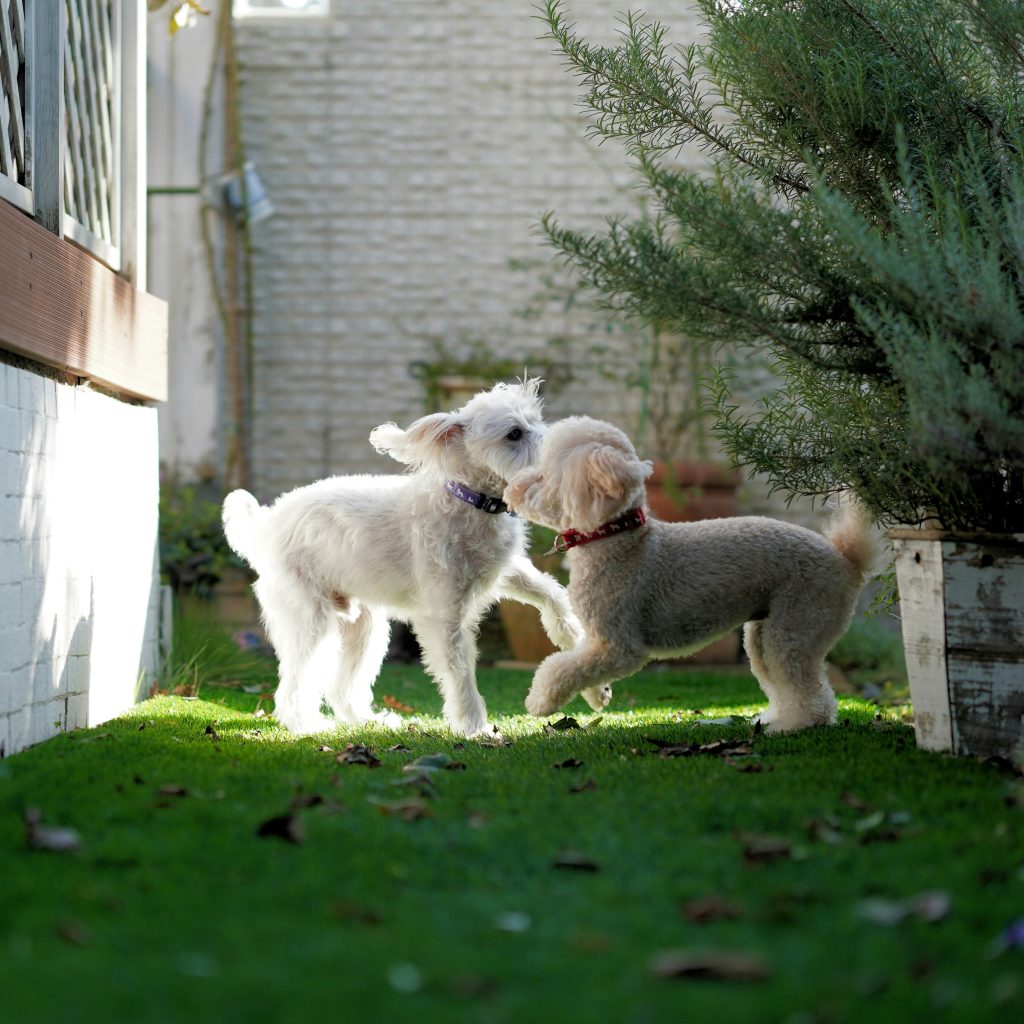Helping Shy Puppies Gain Confidence
Just like people, puppies come with a range of personalities. While some are bold and outgoing, others are naturally shy and cautious. If you have a shy puppy, you might worry about how they’ll handle new people, places, or experiences. The good news is that with patience, understanding, and positive strategies, you can help your timid pup grow into a more confident and resilient dog.
In this blog, we’ll explore how to support shy puppies, the importance of patience, and practical steps you can take to help them feel safe and brave in the world.
Why Are Some Puppies Shy?
Puppy shyness can have many causes, including:
-
Genetics (some breeds or lines are more cautious)
-
Limited early socialization
-
Negative experiences with people, animals, or environments
-
Individual temperament
Shyness is not a flaw—it’s simply part of your puppy’s personality. With the right approach, you can help them gradually feel more comfortable and confident.
Recognizing Signs of a Shy Puppy
Understanding your puppy’s body language is key. Signs of shyness or fear include:
-
Tail tucked under the body
-
Flattened ears
-
Avoiding eye contact
-
Trembling or freezing in place
-
Hiding behind you or objects
-
Cowering or backing away from people or animals
By recognizing these cues, you can avoid overwhelming your puppy and work at a pace that suits them.
How to Build Confidence in a Shy Puppy
1. Go Slow and Stay Calm
The most important rule with shy puppies is: slow and steady wins the race. Rushing exposure to new things can overwhelm your puppy and backfire.
-
Introduce new people, places, and experiences gradually.
-
Let your puppy set the pace—don’t force interactions or approach.
-
Keep your voice calm, gentle, and encouraging.
2. Use Positive Reinforcement
Reward-based training is your best tool for building confidence.
-
Use tasty treats, gentle praise, and toys to reward brave behavior.
-
Reward small steps, like sniffing a new person’s hand or exploring a new room.
-
Never punish fearful behavior—it only increases anxiety.
3. Provide Safe, Positive Socialization
Carefully controlled socialization can help shy puppies expand their comfort zone.
-
Arrange one-on-one playdates with gentle, calm dogs.
-
Introduce friendly, patient people who will let your puppy approach when ready.
-
Expose your puppy to new sights, sounds, and surfaces in a low-pressure way.
Always monitor body language and take breaks if needed.
4. Create a Safe Space at Home
Give your puppy a cozy, quiet space where they can retreat when feeling overwhelmed. This might be:
-
A crate with soft bedding
-
A quiet room with their bed and toys
-
A corner with a blanket or mat
Respect their need for downtime—it’s part of helping them feel safe.
5. Build Resilience Through Play and Training
Interactive play and basic training can help shy puppies gain confidence.
-
Play games like gentle tug or fetch to encourage engagement.
-
Teach simple commands like “sit” and “come” using positive reinforcement.
-
Celebrate every small success with treats and praise.
What to Avoid with Shy Puppies
Avoid these common mistakes that can set back progress:
-
Forcing interactions (picking them up and handing them to strangers)
-
Ignoring signs of fear
-
Punishing fearful behavior
-
Flooding (overwhelming them with too many new things at once)
Instead, focus on building trust and letting your puppy progress at their own pace.
When to Seek Help
If your puppy’s fear is extreme or doesn’t improve with gentle support, consider working with a professional positive reinforcement trainer or veterinary behaviorist. They can help create a customized plan and teach you techniques for managing fear and building confidence.
Final Thoughts
Helping a shy puppy grow into a confident dog is a rewarding journey. With patience, kindness, and the right strategies, you can help your pup learn that the world is a safe, exciting place.
Remember: progress may be slow, but every small step forward counts. Celebrate your puppy’s bravery, no matter how tiny, and you’ll see their confidence bloom over time.



